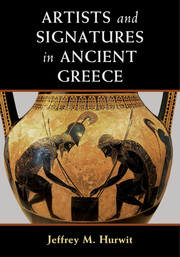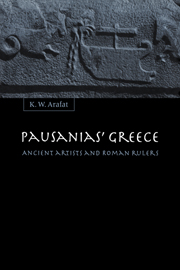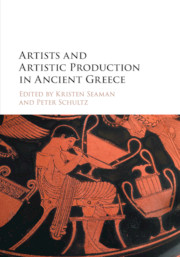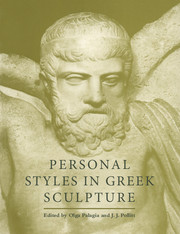Artists and Signatures in Ancient Greece
The Greeks inscribed their works of art and craft with labels identifying mythological or historical figures, bits of poetry, and claims of ownership. But no type of inscription is more hotly debated or more intriguing than the artist's signature, which raises questions concerning the role and status of the artist and the work of art or craft itself. In this book, Jeffrey M. Hurwit surveys the phenomenon of artists' signatures across the many genres of Greek art from the eighth to the first century BCE. Although the great majority of extant works lack signatures, the Greek artist nonetheless signed his products far more than any other artist of antiquity. Examining signatures on gems, coins, mosaics, wall-paintings, metalwork, vases, and sculptures, Hurwit argues that signatures help us assess the position of the Greek artist within his society as well as his conception of his own skill and originality.
- Provides a wide breadth of coverage, examining various genres that are not often treated together, over the entire span of Greek art
- A wide chronological range of works is examined
- Offers a wealth of illustrations, some in color
Product details
November 2017Paperback
9781107513549
242 pages
258 × 180 × 14 mm
0.48kg
88 b/w illus. 15 colour illus.
Available
Table of Contents
- Part I. On the Status, Originality, and Difference of the Greek Artist:
- 1. Euthykartides' toes: signatures and the status of the Greek artist
- 2. Greek exceptionalism in the ancient world
- Part II. Who Signed What, Where, How?:
- 3. Gems
- 4. Coins
- 5. Architecture
- 6. Wall- and panel-painting
- 7. Mosaics
- 8. Vases
- 9. Metalwork
- 10. Sculpture
- Part III. Speculation:
- 11. Why?
- Glossary
- Appendix: ancient sources.







